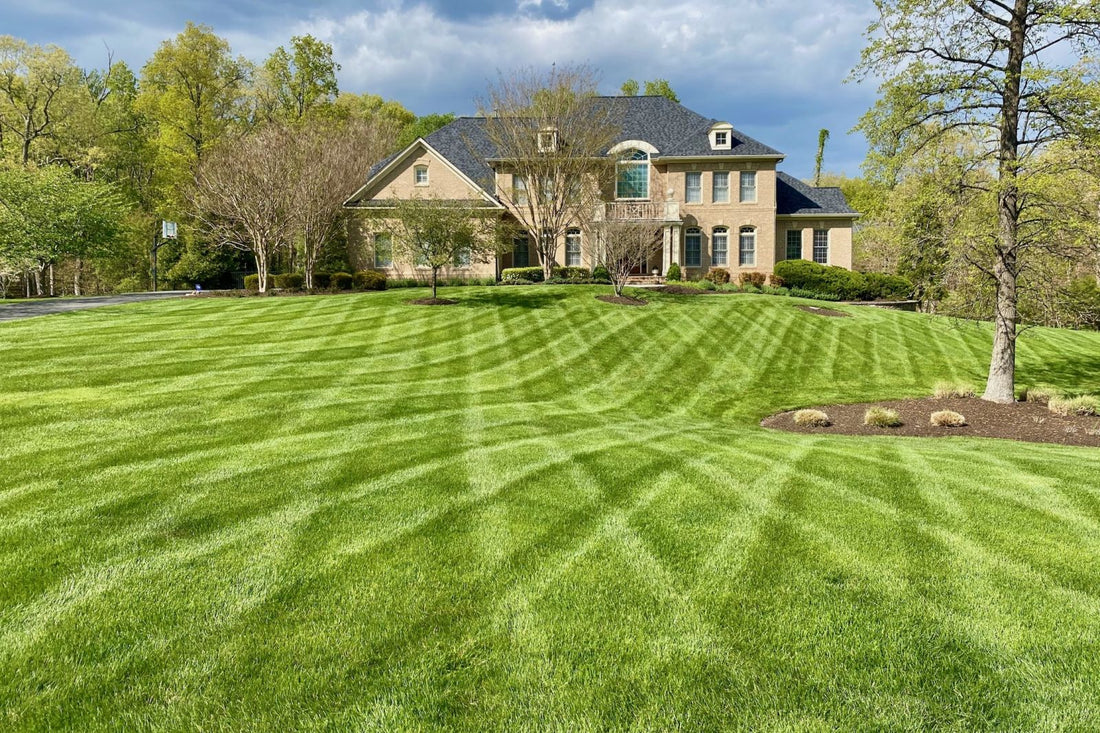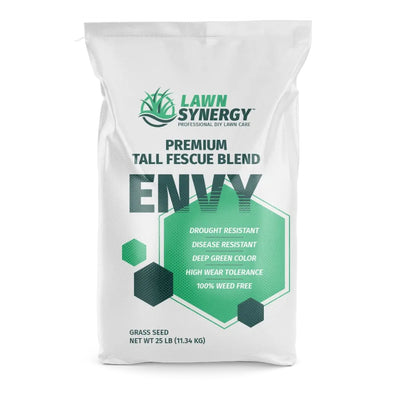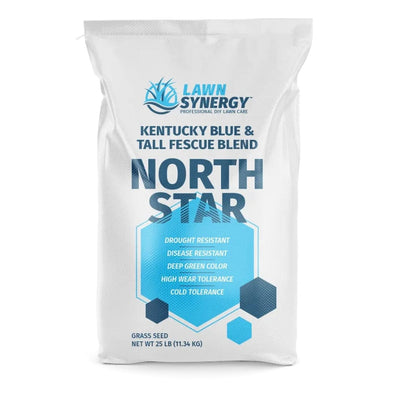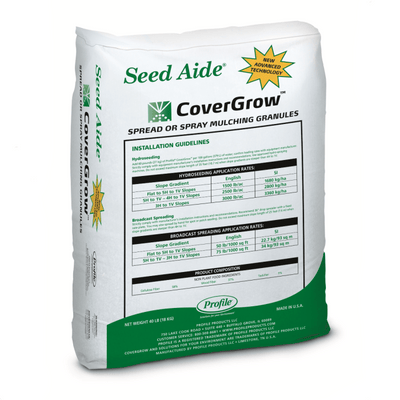All Tall Fescue lawns should be aerated and overseeded in the fall every year. Soil temperatures are cooling down, root growth begins to increase, and let's face it, by this time your lawn has had enough.
There are two ways to do it. The right way and the wrong way. Lets start out with the wrong way... Most homeowners and some lawn care providers will simply run an aerator over the lawn (once) and sprinkle down some contractors or big box store seed. It's quick, easy, and the results are terrible if that.
Then comes the right way. Basically you are setting your lawn up for the next 12 months. What you put in is what you will get out. Each step below must be followed to the tee if your looking for that perfect lawn.
Step 1: Important
Start at least a month or two before with a soil test. You will need to make sure the ph of the soil, cec level, bulk density, and basic nutrients are in line.
If any of these key factors is out of alignment, now is the time to fix. Learn More on soils here. Once your soil is correct, growing turf becomes much easier.
Step 2: Preparation
Seed needs good soil contact to germinate. If the seed is laying on dead grass or thatch, it will not germinate. Start by walking your lawn and scouting for any dead areas, clumps of grass, and any matted down thatch.
Grab a leaf rake and remove all thatch in these areas exposing the soil where the grass is dead. The more time you spend in these areas the better.
Step 3: Aeration
Soils become compacted after mowing, traffic, rain, etc. Aeration will loosen up your soil allowing nutrients to enter the root zone, and relieve compaction.
Core aerate your entire lawn at least twice. Cores should be 1.5-3" in length. The soil must be moist enough for the aerator to penetrate the soil.
Aerate bare areas until the soil is completely loose which will take multiple attempts. You may need to use a weasel or tiller if these areas are very compacted.
Step 5: Products
Start by applying your seed. Choosing a blue-tag certified seed is important. This means that the seeds are true to the ingredients on the label and weed free.
Grass Seed Application Rate:
- Great shape - Apply at 4 lbs. seed per 1000 sq ft
- Average shape - Apply at 5 lbs. seed per 1000 sq. ft.
- Poor shape - Apply at 6-10 lbs. seed per 1000 sq. ft.
After your seed is applied, proceed with applying your starter fertilizer. While the soil is open from aeration it is also the perfect time to apply any other soil correction products if needed by the results of your soil test. Lime, gypsum, and organics will boost up your levels.
Step 6: Cover
Any bare areas should be top-dressed with peat moss to hold in moisture for the seed to germinate. If you have seed laying on the soil, it will never stay moist unless it is top-dressed.
Sprinkle 1/8-1/4" of peat moss over these areas. If areas are very large, it will be more affordable to use wheat straw. However, wheat straw will introduce weeds into your lawn.
Step 7: Watering
Grass seed needs to stay moist for at least 7-10 days for germination to occur. Water your lawn 2 times a day for 20-30 minutes in each area. Check the lawn daily monitoring watering making sure there are not puddles of water and any dry areas.
Step 8: Finishing
If any areas have still not germinated after 14 days, these areas will need to be loosened up again, reseeded, and top-dressed.
Keep working hard to make sure all areas are thriving because now is the only time you will have to fix these areas. How your lawn looks after overseeding is how it will look next spring.
When your next application of fertilizer arrives, apply to keep the lawn growing and developing before the winter months.
Note: As you see single blades of grass emerge, remember that each blade will turn into a clump of grass. Do not overseed areas as it will choke out some of the grass.
Now sit back, relax and appreciate the hard work you did on your lawn. As you will see it get better and better.





